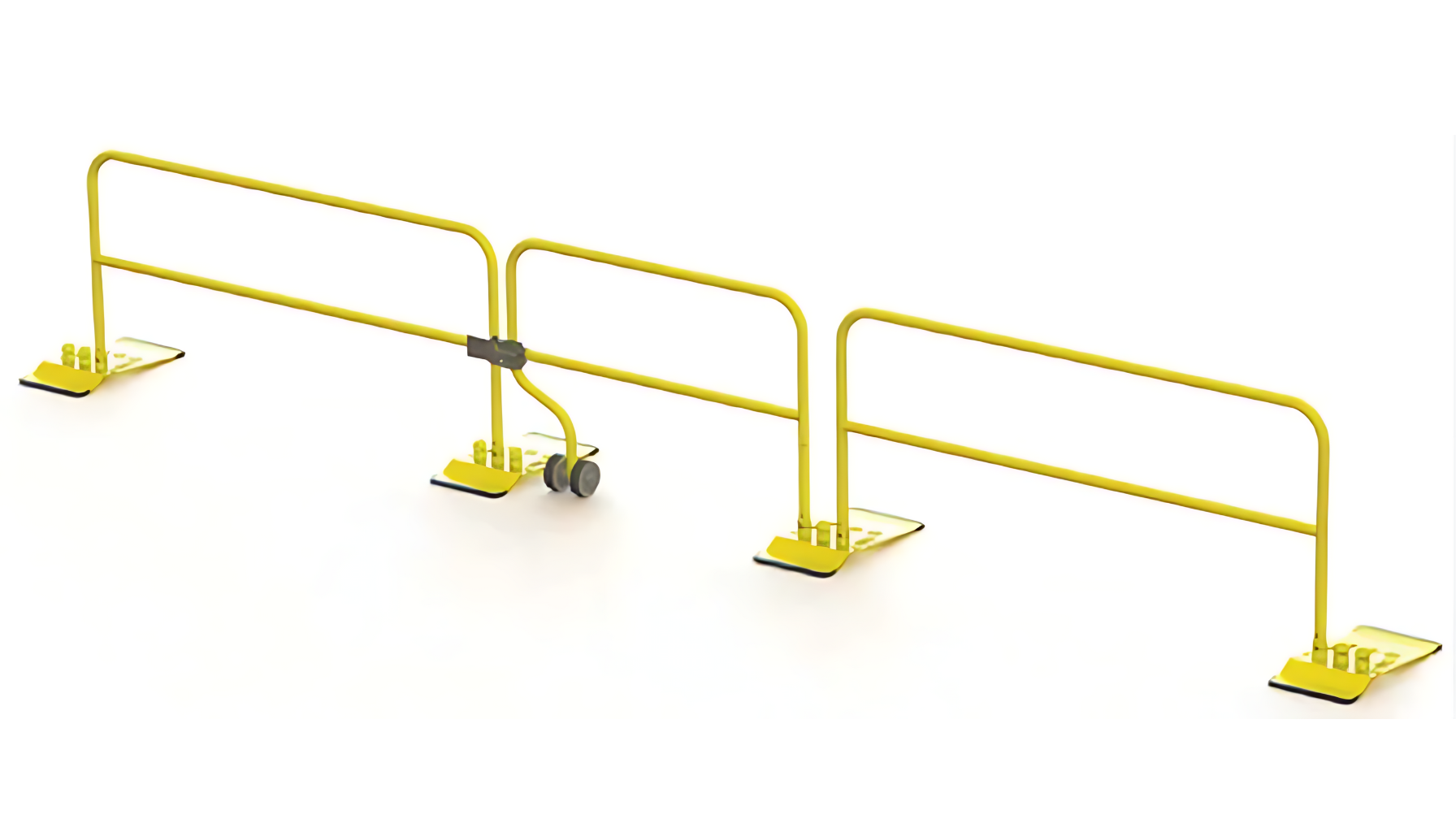Are Parapets Sufficient for Fall Protection?
Dear Safety Manager,
I wanted to highlight the importance of rooftop fall protection devices as mandated by OSHA to ensure the safety of employees, even during infrequent or short-duration work. While your building features a parapet, you might assume it provides adequate fall protection and keeps you compliant with OSHA regulations. However, it's crucial to understand that this may not always be the case, potentially exposing your workers to dangerous situations and risking penalties unknowingly.
Understanding the Purpose of a Roof Parapet A roof parapet is a permanent wall that surrounds the roof's edge, extending above the roof's surface. Its functions include modifying wind flow, preventing objects from falling, providing fire protection, and enhancing the building's aesthetics. While a parapet can offer some degree of rooftop fall protection, its sufficiency depends on its design and height.
Determining the Height of a Roof Parapet The height of a parapet varies depending on the building's design and intended purpose. It can range from a few inches to several feet. For instance, a parapet designed to conceal rooftop equipment like HVAC units may exceed 3 feet in height, while some roofs may not have a parapet at all.
When Does a Parapet Provide Rooftop Fall Protection? According to OSHA guidelines, parapets must meet the same height requirements as other rooftop fall protection devices. To ensure adequate fall protection, parapets, guardrails, and roof safety railings should be at least 42 inches tall, with a tolerance of plus or minus 3 inches. If your parapet falls short of 39 inches, it does not meet the guidelines and cannot be considered sufficient for fall protection.
Addressing Inadequate Parapet Height A short parapet poses a fall hazard to workers who need to approach the roof's edge during their tasks. Moreover, relying solely on an insufficient parapet without additional fall protection measures may result in non-compliance penalties. If your parapet does not meet the OSHA height requirements, you must find alternative methods to ensure your employees' safety on the roof. Here are a few options to consider:
-
Increase Parapet Height with Guard Rails:
- Mount guard rails on the inside or top of the existing parapet to meet the required height.
- Utilize parapet roof safety guardrail extensions, which are OSHA-compliant and serve as a permanent passive fall protection solution.
-
Use Temporary Parapet Railing Clamps:
- Install a temporary parapet railing system designed for versatility, easy installation, and potential relocation.
- Secure the system with C-clamps specifically designed for parapets, placing posts 8 feet apart and using 2 x 4 lumber as railings between the posts.
-
Install Full-Height Railing:
- Consider non-penetrating roof safety railings as an independent fall protection solution, separate from the parapet.
- These customizable guard rails meet OSHA compliance standards and can be installed temporarily or permanently to suit your building's needs and aesthetics.
Prioritizing Fall Protection as Your Duty As a safety manager, it is your responsibility to ensure fall protection is provided whenever work is performed on the facility roof and its systems. Neglecting to do so not only endangers your workers but also exposes your company to unnecessary risks and potential penalties. By taking the necessary steps to implement effective fall protection measures, you create a safer working environment for your employees and protect your business's interests.
Safeguarding Your Employees' Well-being Your employees are invaluable to your business's success, and ensuring their safety is paramount. While competitive salaries, benefits, and retirement packages are essential, providing a secure working environment, both indoors and on the rooftop, is equally vital. Therefore, it is crucial to prioritize fall protection seriously by ensuring that your parapet meets height requirements or by implementing additional guard rails and roof safety railings to enhance safety measures.
By doing so, you not only fulfill your duty to your employees' well-being but also safeguard your company's bottom line.















